I just finished a fantastic, easy but enjoyable read called Farewell my Subaru. It is essentially the story of a journalist from the east coast who moves to Rural New Mexico (although not that rural because his county seems to have a pretty high population to live carbon free and gets rid of his trusty Subeelove and raises goats, chickens, a garden and tries his hand at hunting and gets a giant diesel truck that he affectionately calls ROAT. See below from his website
“The details of Doug Fine’s experiment in green living are great fun…what we are built for. It’ll make you want to move!” –Bill McKibben, author of Deep Economy: The Wealth of Communities and the Durable Future
“This is Green Acres for the smart set–– a witty and educational look at sustainable living. Buy it, read it, compost it.” –AJ Jacobs, author of The Year of Living Biblically
“Fine survives drought, biblical floods, and UN-hating [ranchers] as he gradually becomes ’solarized’ …along the way readers will root for this dry sharp wit and his rosy green dream. Fine’s funny struggle to become a better world citizen will entertain both the eco-aware, and those who doze peacefully in their home’s formaldehyde fumes.” –Bookpage
“A chuckle or a wry grin is waiting on every page, if not each paragraph. It’s the kind of humor that builds gradually, that sneaks up on you with such stealth that you hardly even realize what a good time you’re having until it’s all over. By the end of Farewell, My Subaru you can think of nothing that would seem like more fun than hanging out at Fine’s ranch, vainly striving to keep his goats from eating the rose bushes. Think James Herriot’s All Creatures Great and Small — updated as appropriate for the iPod generation.” –Salon
This ia a book of carbon-neutral carnage, about my attempts to kick oil while still living like an American. Farewell, My Subaru is the account of everything that can go wrong (and then right) when a regular guy tries to get oil out of his life. It details, among other embarrassing (but, my editor insists, inspiring) realities: coyotes eating my chickens, my near-death due to clumsiness during solar panel installation, and my suffering from Extreme Munchies thanks to the exhaust of my new carbon-neutral, vegetable oil-powered R.O.A.T. (Ridiculously Oversized American Truck). Hence the title of the book – I had to ditch the ol’ reliable Subaru in favor of a diesel. But for all the mishaps, I have reduced my electric bill by 80% and no longer need gas stations to drive. All while keeping my Netflix, my Internet, my fridge, washing machine, and most of all, my booming subwoofers.
Here’s the publisher’s summary:
In Farewell, My Subaru, Doug Fine vows to grow as much of his own food as he can, use only the sun to power his ‘Net surfing and sub-woofer, and consume little to no fossil fuel for an entire year — never mind that he’d never raised so much as a chicken or a bean. Or that he had no mechanical or electrician skills. Or that coyotes and mountain lions would like to treat his Funky Butte Ranch like a buffet line.
Beginning with a near-Biblical flood that makes Doug’s ranch in New Mexico resemble Noah’s Arc, and ending with a hilarious farewell to his beloved Subaru, Fine struggles at every turn with the contradictions and challenges of going green as his shopping list changes overnight from things like, “wasabi” and “pineapple juice” to “shotgun shells” and “goat syringes” (for the mischievous Pans he found on Craigslist).
Including practical resources for regular Americans who want to live greener and funny sidebars with facts you never imagined about the clean, local life, Farewell, My Surbaru is both a hilarious romp and an inspiring call to action; it’s a book for the reluctant environmentalist, the armchair traveler, and anyone who has ever wondered: do I really need that four dollar frappuccino from Kenya?






















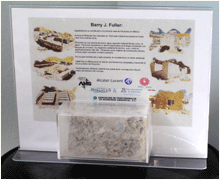
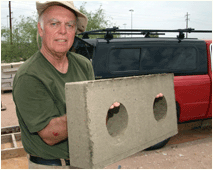
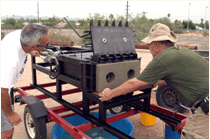
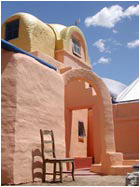


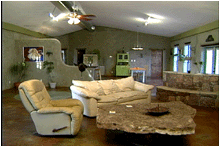
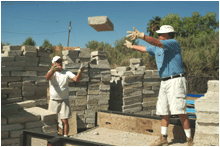
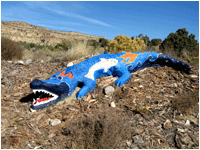
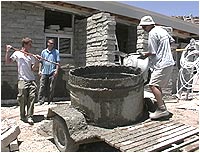






 Unlike other solar power plants,
Unlike other solar power plants, 









